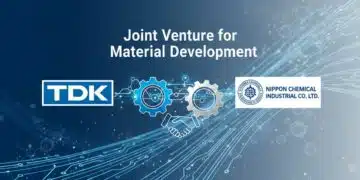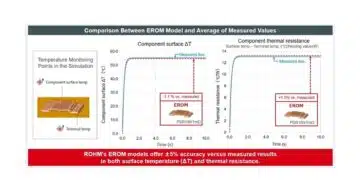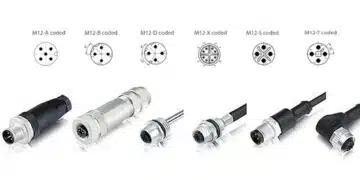Source: Capacitor Industry News
February 16, 2017 – YUNASKO recently completed independent tests at JME (Cleveland, USA) of a proprietary high-temperature ultracapacitor system with -25°C to +100°C operating temperature range.
Test results confirmed the stable performance of YUNASKO high-temperature ultracapacitors that successfully passed endurance tests at +100°C for 2,000 hours, which normally corresponds to the cycle life as long as million of charge-discharge cycles and ensures the high reliability of YUNASKO solution.
Independent tests also determined the operating voltage ratings of YUNASKO high-temperature ultracapacitors as 2.39 at +100°C. This is the highest operating voltage of any solution-based ultracapacitor, even higher than ionic liquids (about 2.0V), at a fraction of the cost typically seen for ionic liquids. The maximum operating voltage for the YUNASKO system is 3.0V at +25°C. Another advantage of YUNASKO high-temperature ultracapacitors is their high power output at both +25°C (up to 25 kW/kg) and +100°C (up to 34 kW/kg).
Superior performance of YUNASKO high-temperature system enables new ultracapacitor applications in automotive (location near the engine), well drilling equipment, power electronics (near circuit board hot spots) or in hot climate regions.
Dr. Natalia Stryzhakova, head of YUNASKO R&D lab comments on the testing of YUNASKO high-temperature ultracapacitors: “We have been working on this challenging project for two years testing many electrolytes, and now we are happy to get a low cost ultracapacitor system capable of reliably working at temperatures as high as 100-110°C with excellent low-temperature performance”.
YUNASKO is now looking for an industrial partner for collaborative product development and market adoption.
About YUNASKO: YUNASKO is currently the global technology leader in the field of high-power carbon-carbon ultracapacitors and lithium-ion capacitors. YUNASKO is headquartered in London, UK, where all intellectual property is managed. Management and technical teams are based in Kyiv, Ukraine. Main expertise of YUNASKO technical team includes electrochemistry, material science, process engineering, and electrical system design.
About JME: JME is headed by Dr. John R. Miller, a recognized expert in ultracapacitor technology and metrics. JME is known for providing independent expert evaluation services of various ultracapacitor technologies for the U.S. Air Force and other customers. Dr. Miller co-authored the first ultracapacitor manuals in 1994 and chaired many energy storage focused forums over the past two decades.
Press contacts:
Vadim Utkin, CEO. Email: [email protected]
Sergii Tychina, project manager. Email: [email protected]
































